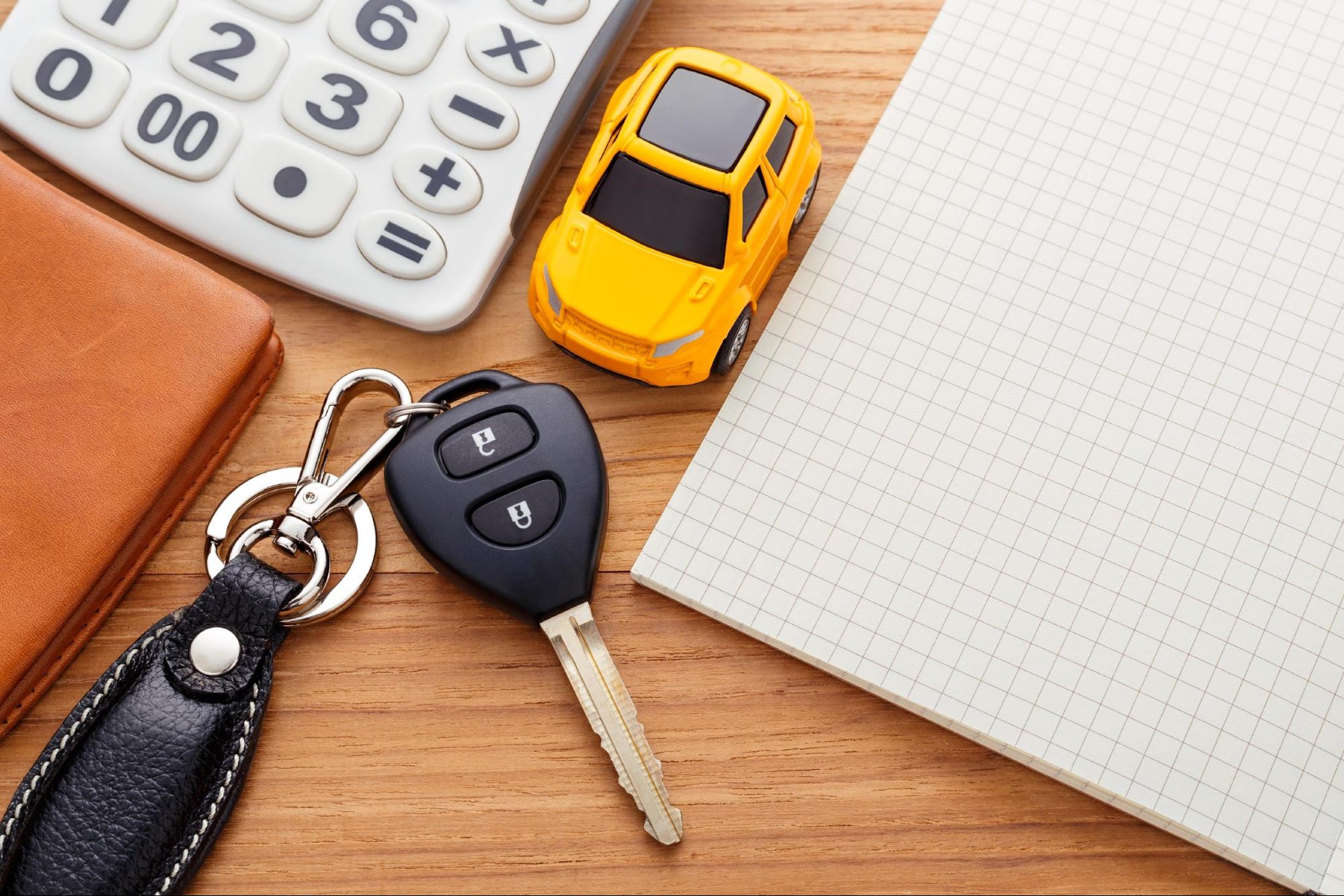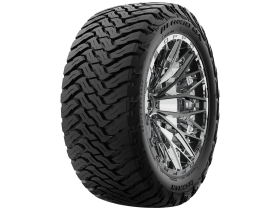Many people think you can get a better deal if you pay cash for a new car. Let’s stop and think about that one for a moment.
Sure, the dealer will be happy to get the money, but they stand to make even more if you finance the purchase. They’ll get a deposit from the finance company for the exact same amount — plus a fee for originating the loan.
The thing is, you might come out better too by making a down payment and investing the rest. With this in mind, here’s how to calculate a new car monthly payment.
The Key Factors
The monthly payment you make on a car loan is predicated upon:
- The price you pay for the car.
- The down payment you make.
- 3.The trade-in value of your current car (if you have one).
- 4.The sales tax you pay on the purchase.
- 5.The interest rate you pay on the loan.
- The duration of the loan.
Calculating the Monthly Payment
Rather than computing all of the above factors manually, you can use an online auto loan calculator to see what the monthly payment on a given car. Within that though, it’s still a good idea to know what they are and why they matter.
Price
While based upon the manufacturer’s suggested retail price (MSRP), the actual price you’ll pay is largely dependent upon what you negotiate with the seller. In other words, the MSRP — as the term implies — is a suggestion. The actuality will be dictated by the number of cars the dealer sells each month, the popularity of the car in question and yes — your negotiating skills.
Down Payment
Your down payment reduces the amount you’ll need to finance the purchase. The general rule of thumb is 20 percent, but cars can be financed with no money down as well. Remember though, you’re trying to stay ahead of depreciation. A larger down payment reduces the likelihood of ever owing more than the car’s fair market value.
Trade-in Value
Most cars have some monetary worth. What it is depends largely upon their popularity, age, and condition. However, dealers will only offer the wholesale valuation so they’ll have room to resell it at a profit. If you want to get the retail value of your car, you’ll have to sell it yourself. This money can then be used to further lower the loan amount — which in turn will lower your monthly payment.
Sales Tax
This varies from state to state, county to county and even city to city. The rate is based upon a percentage of the sale price (before the down payment and trade-in are figured in). To find your exact amount, you’ll need to look it up for your area.
Interest Rate
Your credit history and the score it predicates are the two main drivers of this factor. The higher your score, the less of a risk your loan is considered to be. Other concerns include the amount of money you currently owe vs. the income you generate (your debt to income ratio) and the length of your current employment situation. The better you look in all of these regards, the lower the interest rate you can expect to encounter.
Loan Duration
With the price of cars new creeping ever higher, so too has the average length of a car loan. Where the norm was once 24 to 36 months, lenders are offering terms of up to 84 months these days. Within that, most financial experts advise against financing a car for more than 60 months.
The longer the term of the loan, the older the car gets before you can pay off the loan. The payments will total more as well. All of this will come together to leave you owing more than the car is worth. Then, when you consider you’re likely to tire of the car before it’s paid off and want a new one, you’re setting yourself up for more debt than you need to carry.
If you need to push a loan past five years to make the monthly payment fit into your budget, you can’t afford that car.
Don’t do it.
Why This Matters
Knowing how to calculate a new car payment can help you determine the price point to shop. It’s always a good idea to know you can afford a car before you test drive it. Few things are as disappointing as falling in love with a car only to learn it’s out of your price range.







